Description
Lockheed Martin ES-3 Sea Shadows VQ-5 Model
A carefully crafted S-3b Viking model with the VQ-5 Sea Shadows- a perfect display to capture your time with this great squadron! Each model is solid wood and hand painted to provide a piece of exceptional quality.
- Length – 13 inches
- Wingspan – 18 inches
- Made from Mahogany
- US Naval Aviator Owned Business
- The product is not intended to be used by children 12 years and younger.
- Officially Licensed by Lockheed Martin

Fleet Air Reconnaissance Squadron FIVE [VQ-5]
“Sea Shadows”
An 04 June 1999 ceremony at NAS North Island, CA, marked the deactivation (officially 31 July) of Fleet Air Reconnaissance Squadron (VQ) 5 after almost eight years of service. VQ-5 was established on 15 August 1991 at NAS Agana, Guam, to operate the carrier-based ES-3A Shadow, an electronic reconnaissance version of the S-3A Viking. The ES-3As assumed the carrier-based electronic reconnaissance role in preparation for the 1991 retirement of EA-3B Skywarriors from carrier duty. Like the S-3B, the ES-3A also served as an aerial tanker. VQ-5 initially was equipped with two S-3As–which arrived on 10 November 1991–for pilot and crew training while the squadron awaited delivery of its eight ES-3As. The first Shadow arrived at VQ-5 on 8 May 1992.
VQ-5 deployed its aircraft with carrier air wings in detachments of two ES-3As each. VQ-5 consisted of 4 two-plane detachments, with three located at the parent command in North Island and VQ-5 Det 5 in Misawa, Japan. The first major deployment for the squadron, Det Alpha, began in November 1993 on board Independence (CV 62), forward deployed to Japan. Deployments of Dets Bravo and Charlie followed on other carriers.
In response to 7th Fleet directive, VQ-5 Det 5 was established in 1994 to provide support for 7th Fleet assets. VQ-5 Det 5 was a permanently assigned 2-plane detachment to Carrier Air Wing FIVE (CVW-5) which deployed on board USS INDEPENDENCE and when ashore is homeported at NAF Misawa, Japan. VQ-5 Det 5 also flew missions in support of Commander, Patrol and Reconnaissance Force, 7th Fleet. VQ-5 Det Five participated in the following deployments and operations: Operation Southern Watch (2 deployments), AnnualEx, Foal Eagle, Vigilant Sentinel, Cobra Gold, Valiant Usher, Cope North, Team Spirit, RIMPAC (2 deployments) and various contingency operations. The detachment was the only carrier borne VQ detachment which routinely conducts joint/multinational training on a regular basis.
Between August 1994 and January 1995, VQ-5 moved to NAS North Island as NAS Agana was prepared for closure. The move put the squadron closer to the carrier air wings on the West Coast, easing the work-up cycles for the squadron’s detachments. In addition, Det 5 was established on 1 October 1994 as part of Carrier Air Wing 5 at NAF Misawa, Japan, in order to support the carrier permanently based in Japan–first Independence, followed in 1997 by Kitty Hawk (CV 63). Another detachment, Det D, was formed at NAS North Island in 1998. During more than five years of operations, the Sea Shadows’ five detachments completed 15 major deployments to the Western Pacific and Arabian Gulf on board Independence, Kitty Hawk, Constellation (CV 64), Nimitz (CVN 68), Carl Vinson (CVN 70) and Abraham Lincoln (CVN 72). Highlights included contingency operations off Korea in 1994 and Taiwan in March 1996. All of the detachments participated in Operation Southern Watch, the enforcement of the no-fly zone over southern Iraq.
VQ-5’s last detachment, Det C on board Carl Vinson, supported Operation Desert Fox strikes against Iraq in December 1998. Det C’s return home in May 1999 marked the Navy’s last operations with the ES-3A. Because of the expense of upgrading the ES-3A to make its mission systems interconnective with those of other signals intelligence-capable aircraft, the Navy decided to retire the ES-3A and rely on land-based aircraft such as the EP-3E Aries II. Before its deactivation, VQ-5 transferred its eight ES-3As into war reserve storage at the Aerospace Maintenance and Regeneration Center, Davis-Monthan AFB, Ariz.
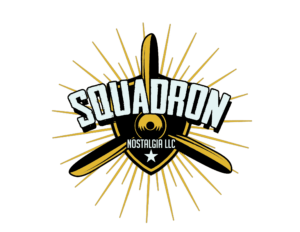
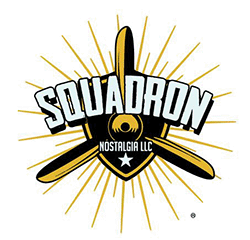







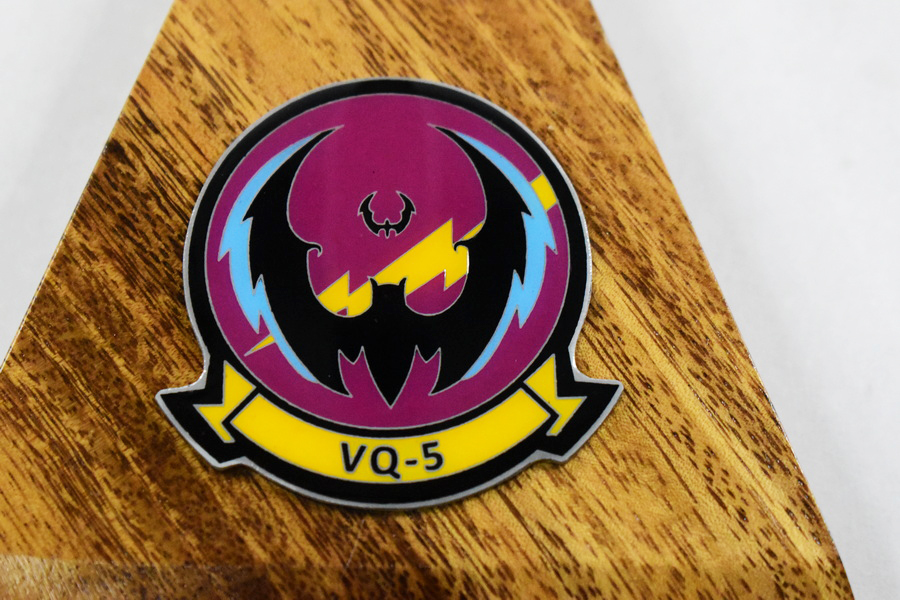
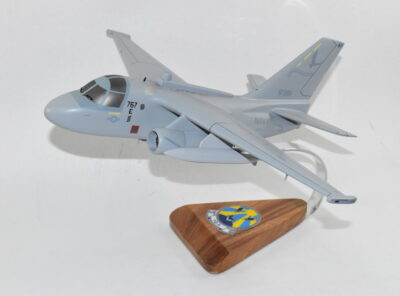
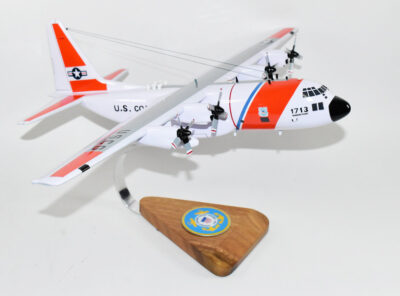
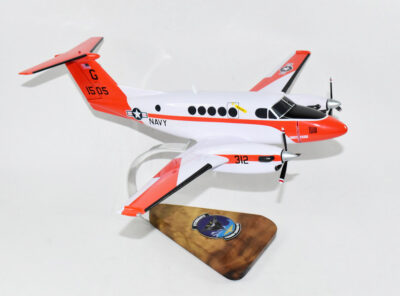
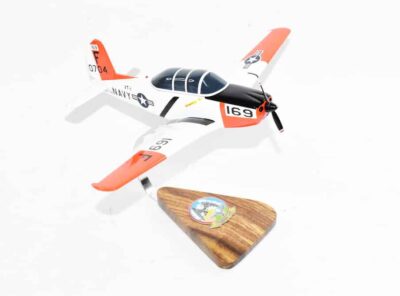
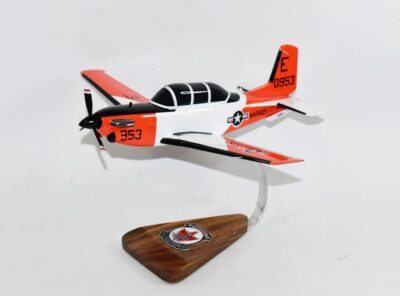
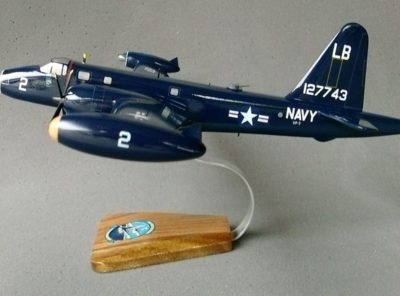
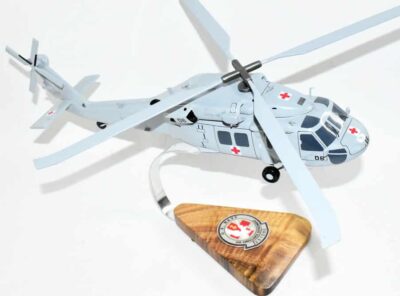
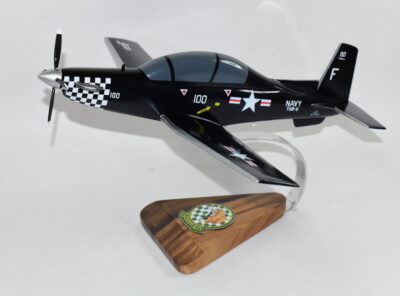
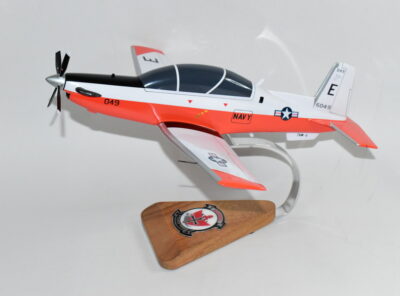
Reviews
There are no reviews yet.